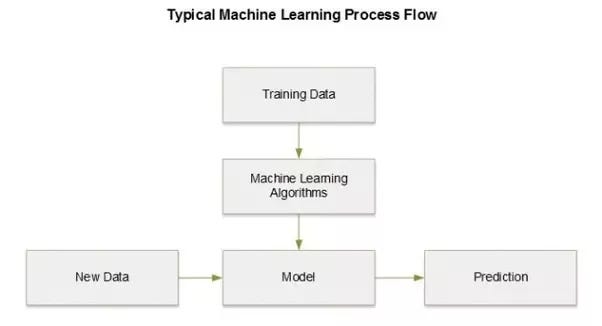Machine Learning (ML) is coming into its own, with a growing recognition that ML can play a key role in a wide range of critical applications, such as data mining, natural language processing, image recognition, and expert systems. ML provides potential solutions in all these domains and more, and is set to be a pillar of our future civilization.
What is Machine Learning?
Machine Learning is a new trending field these days and is an application of artificial intelligence. It uses certain statistical algorithms to make computers work in a certain way without being explicitly programmed. The algorithms receive an input value and predict an output for this by the use of certain statistical methods. The main aim of machine learning is to create intelligent machines which can think and work like human beings.
Among the different types of ML tasks, a crucial distinction is drawn between supervised and unsupervised learning:
- Supervised machine learning:- The program is “trained” on a pre-defined set of “training examples”, which then facilitate its ability to reach an accurate conclusion when given new data.
- Unsupervised machine learning:- The program is given a bunch of data and must find patterns and relationships therein.
Why Machine Learning?
To better understand the uses of machine learning, consider some of the instances where machine learning is applied: the self-driving Google car, cyber fraud detection, online recommendation engines — like friend suggestions on Facebook, Netflix showcasing the movies and shows you might like, and “more items to consider” and “get yourself a little something” on Amazon — are all examples of applied machine learning.

How does Machine Learning Work?
Machine Learning algorithm is trained using a training data set to create a model. When new input data is introduced to the ML algorithm, it makes a prediction on the basis of the model.
The prediction is evaluated for accuracy and if the accuracy is acceptable, the ML algorithm is deployed. If the accuracy is not acceptable, the ML algorithm is trained again and again with an augmented training data set.

WHAT’S REQUIRED TO CREATE GOOD MACHINE LEARNING SYSTEMS?
- Data — Input data is required for predicting the output.
- Algorithms — Machine Learning is dependent on certain statistical algorithms to determine data patterns.
- Automation — It is the ability to make systems operate automatically.
- Iteration — The complete process is an iterative i.e. repetition of the process.
- Scalability — The capacity of the machine can be increased or decreased in size and scale.
- Modeling — The models are created according to the demand by the process of modeling.
Now if you want to learn Machine Learning, you can follow these steps:
- Start off by learning the types of Machine Learning Algorithms such as:
- Supervised Learning
- Unsupervised Learning
- Reinforcement Learning
When, you are good with the theoretical concepts of Machine Learning, you can go ahead and implement them using a weapon your choice, such as:
- R
- Python
- SAS
Hope you got some idea about machine learning.Thanks for reading

$……………….……………… Happy Learning!…………………………$
References:

Nice post Venkatesh Bala